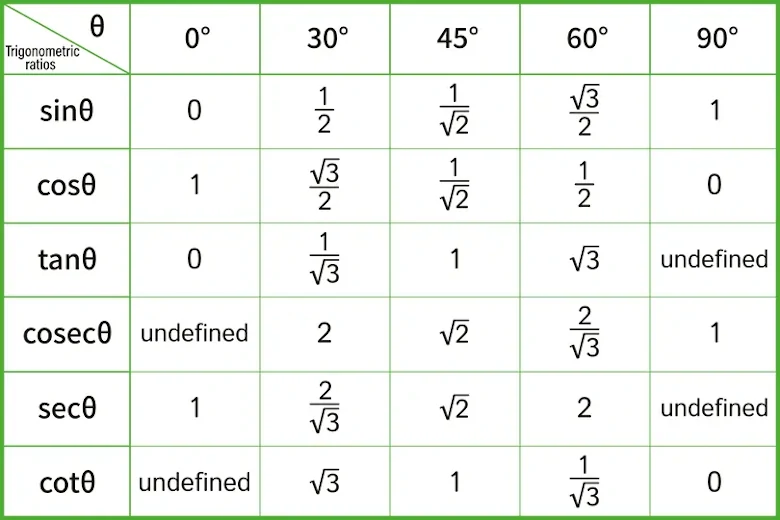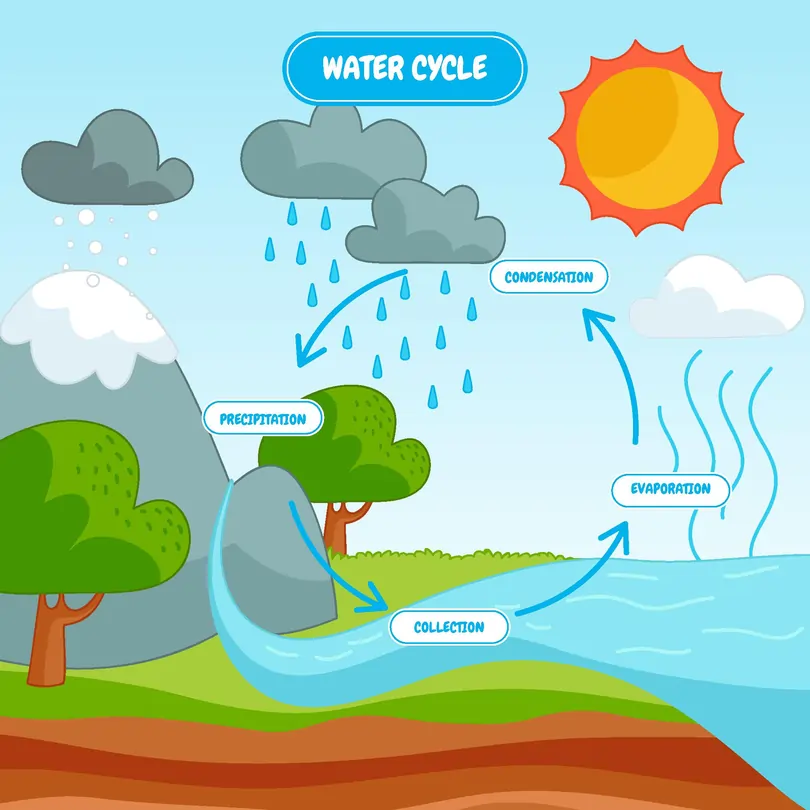Literary Devices: What are they and how to use them (with examples)

What Are Literary Devices
Ever since our forefathers first put pen to paper, mankind has amassed a handful of useful literary devices across different languages. And the library continues to evolve and grow.
So, what exactly are literary devices?
Simply put, literary devices are specific techniques or tools you can use to convey meaning, create an impact, and enhance the overall quality of your writing. They’re essential for adding depth and texture, allowing you to engage their readers on multiple levels. These devices can be found in various forms of literature, including poetry, prose, drama, and even speeches.
How to spot Literary Devices when reading
There’s no ironclad rule that says you can’t enjoy a good book without knowing each literary device by name, but being able to spot them can greatly enhance your reading experience.
So where do you start?
First, get to know the common literary devices like metaphors, similes, and personification. As you read, pay attention to interesting words or phrases. If something comes up more than once, make a note of it. Think about why the author might be using those words.
Also, look for comparisons in the text. For example, if it says something is ‘like’ or ‘as’ something else, that's a simile. And if it says something is something else without using ‘like’ or ‘as’, that's a metaphor. Sometimes words will sound the same at the beginning, like ‘big brown bear’. This is called alliteration.
Remember, the more you practice, the better you'll become at finding them and understanding how authors use them in their writing. With some experience, you’ll be able to spot literary devices without having to hunt for them like a detective.
How to use Literary Devices in your writing
Using literary devices can take your writing from ordinary to extraordinary. Be it a piece of homework, a test, or just in your daily journaling, peppering in literary devices is a great way to spice up your writing.
For instance, instead of saying she has a great smile, you can use metaphors or similes to create vivid imagery, such as ‘her smile was a radiant sunbeam’. When you want to infuse life into your descriptions, consider personification, like ‘the old oak tree whispered its secrets in the wind’.
Employing alliteration, onomatopoeia, or rhyme can give your prose a rhythmic quality, as seen in ‘Sally's soft, soothing song’. Symbolism, like a dove representing peace, adds layers of meaning, drawing readers deeper into the story.
However, don’t overuse these devices or you risk overwhelming your readers and disrupting the overall reading experience.
The key is to use literary devices sparingly, saving them for the right moment for maximum impact. You can do so by revising and editing your work. Cut out whatever makes your writing vague, confusing, or awkward. By skillfully integrating literary devices, you can craft writing that not only informs but also captivates and resonates with your readers.
Common Literary Devices
Literary devices range from your familiar paradoxes and euphemisms, to lesser-known ones such as tmesis and litotes. Here are 6 of the most common literary devices you need to know.
#1 Analogy
An analogy is a comparison between two things that are similar in some way, often used to explain or clarify a concept by showing its similarity to something more familiar. It helps readers or listeners understand complex ideas by relating them to simpler, known concepts. For instance, explaining how a cell membrane works by comparing it to a gate that lets certain people in and out is an analogy.
Example: A famous analogy from Martin Luther King Jr.'s 'I Have a Dream' speech, he compares the struggle for civil rights to a ‘bad check’ marked with ‘insufficient funds’ to emphasise the unfairness African Americans faced.
#2 Hyperbole
Hyperbole is a figurative language device in which exaggeration is used for emphasis, often to create a more dramatic or humorous effect. It involves overstating or magnifying something beyond its actual or realistic proportion.
Example: In ‘The Catcher in the Rye’ by J.D. Salinger, the protagonist, Holden Caulfield, uses hyperbole when he says, ‘It was the worst crowd I ever was in, in my life’. Here, Holden exaggerates the unpleasantness of the crowd to convey his strong aversion to it
#3 Metaphor
A metaphor is a figure of speech that draws a direct comparison between two seemingly unrelated things to emphasize a shared quality or attribute, without using ‘like’ or ‘as’. Metaphors help make abstract or complex concepts more accessible by equating them with something familiar.
Example: In Shakespeare's ‘All the world's a stage’ from the pastoral comedy ‘As You Like It’, the metaphor describes life as a theatrical performance, emphasising the idea that we all play different roles at various stages of our lives.
#4 Personification
Personification is a literary device in which human attributes or qualities are given to non-human entities, objects, or abstract concepts. It's a form of figurative language that humanizes the non-human, making the description more vivid and relatable.
Example: For instance, when we say, ‘The wind whispered through the trees’, we're attributing the human ability to whisper to the wind, giving it a more human-like quality. In the sentence. Also, in William Wordsworth's famous poem ‘I Wandered Lonely as a Cloud’, he personifies clouds, which don't typically experience loneliness, to convey the poet's emotions.
#5 Simile
A simile is a figure of speech used to make a comparison between two different things or concepts, typically using the words ‘like’ or ‘as’ to draw the connection. Similes serve to create a vivid and often imaginative description by highlighting similarities between the compared elements.
Example: For instance, when we say ‘She's as busy as a bee’, we're using a simile to convey the idea that the person is very active and industrious, drawing a parallel between her actions and the constant busyness of a bee.
#6 Symbolism
Symbolism is a literary tool where elements like objects, characters, or settings are used to represent deeper, often abstract, ideas within a story.
Example: In George Orwell's ‘Animal Farm’, the farm and its transformation symbolise the Russian Revolution and its consequences. Similarly, in Harper Lee's ‘To Kill a Mockingbird’, the mockingbird symbolises innocence and purity.
FAQs For Literary Devices
What's the difference between literary devices and figures of speech?
Literary devices are broader, encompassing various techniques used in writing, including figures of speech like metaphors and similes. Figures of speech are specific types of literary devices.
Are literary devices only found in literature, or are they used in other forms of communication?
Literary devices are not limited to literature; they are also used in speeches, advertising, songs, and everyday conversation to enhance language and convey ideas more effectively.
Can the same word or phrase be both a literary device and a figure of speech?
Yes, some words or phrases can serve as both literary devices and figures of speech, depending on their usage. For example, the word "irony" can refer to both a literary device and a figure of speech.
What is the significance of recognizing and analyzing literary devices in literature?
Recognising and analysing literary devices enriches your understanding of the text, allowing you to appreciate the author's craftsmanship, explore deeper themes, and engage in more insightful discussions and analysis.
Are there cultural or language-specific literary devices?
Yes, different cultures and languages may have unique literary devices and figures of speech that are specific to their traditions and languages. Exploring these can provide insights into cultural nuances and storytelling techniques.


 SG
SG  VN
VN 


















